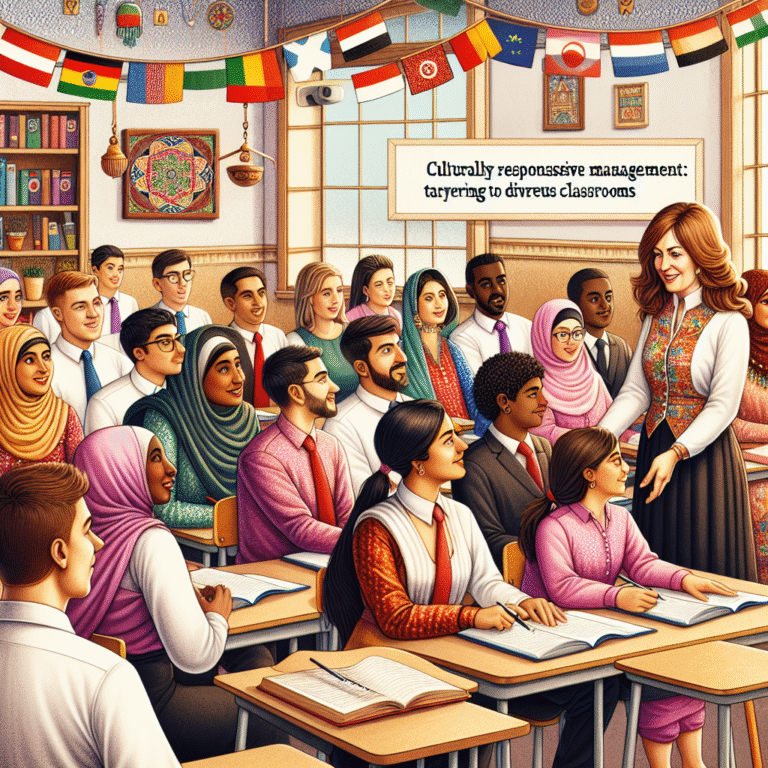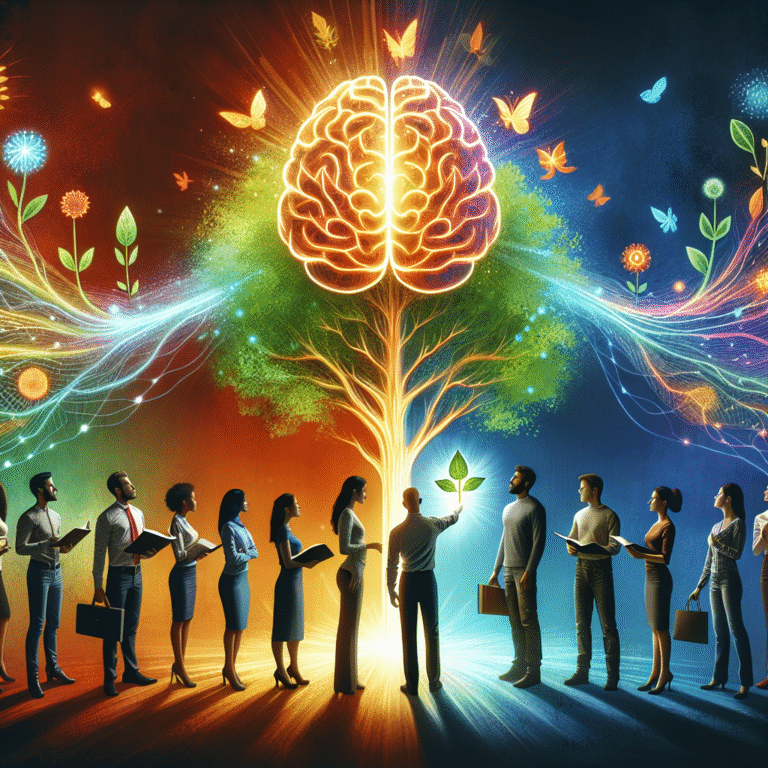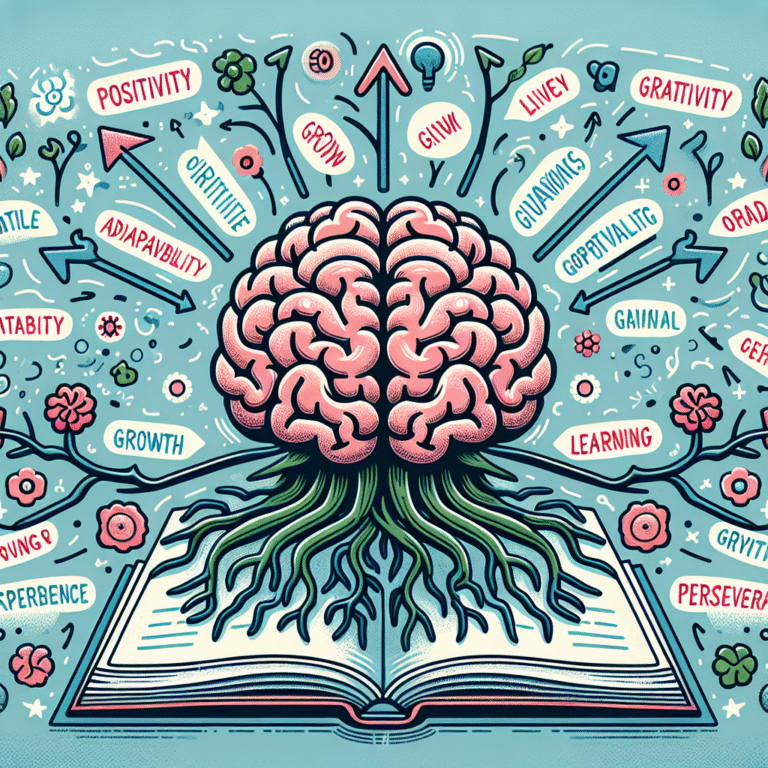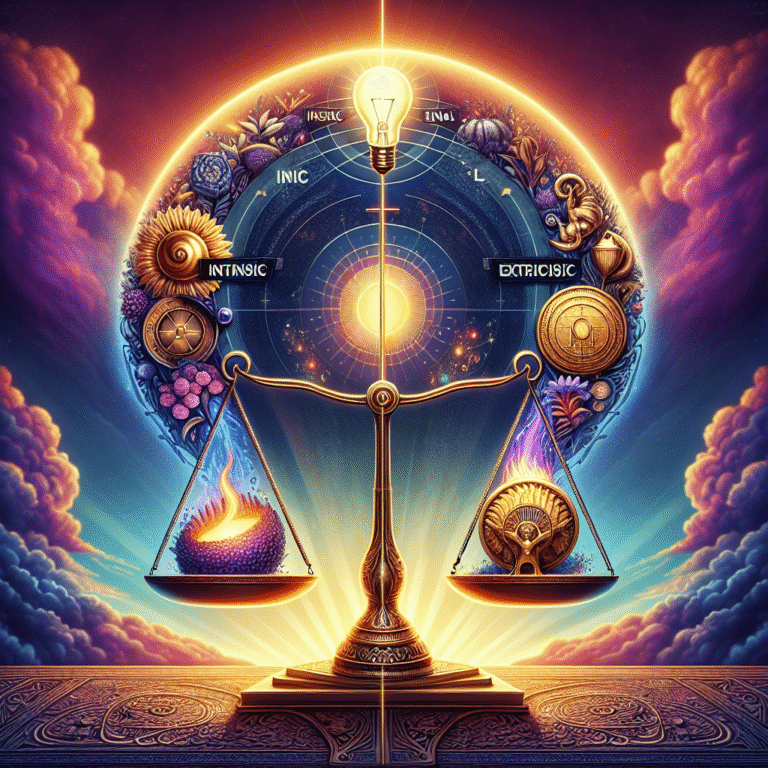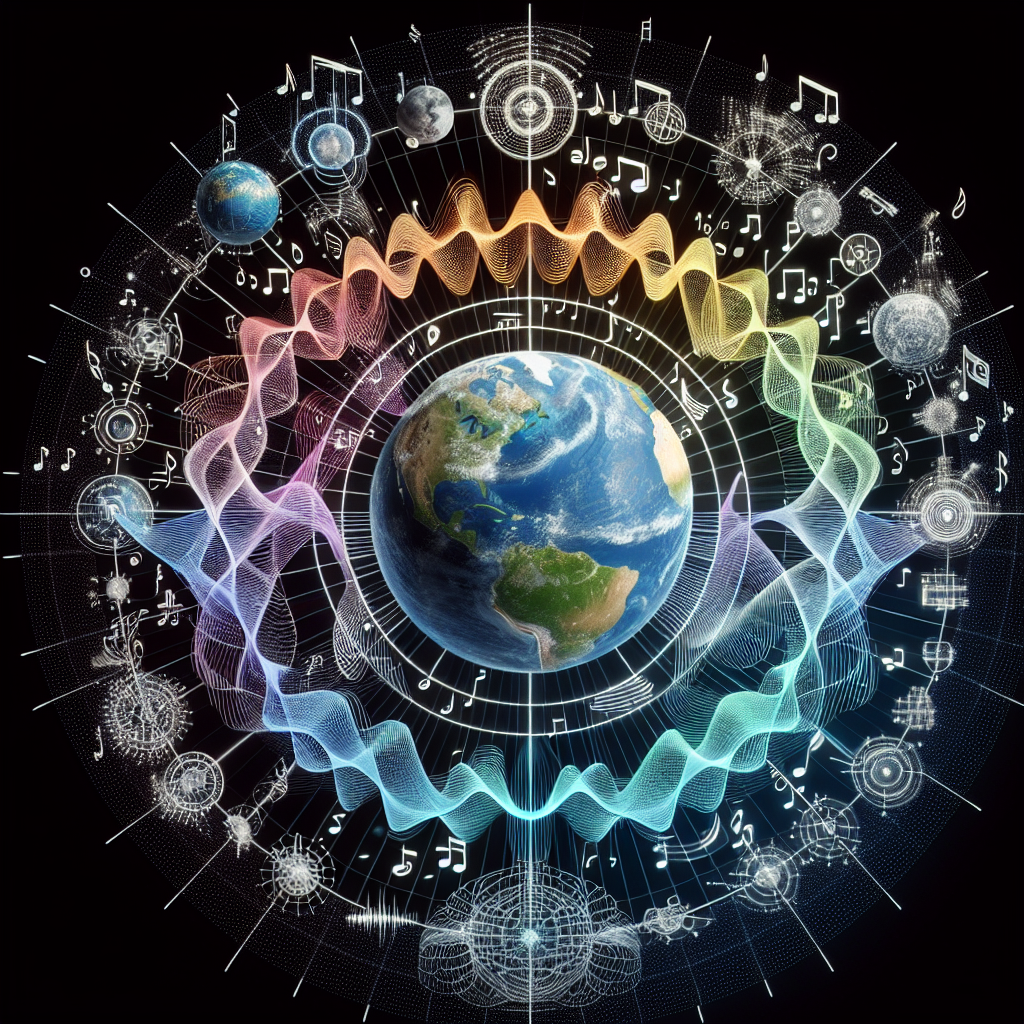
Introduction
Imagine a world where creativity and logic aren’t opposites but partners in a dance—a dynamic interplay that fuels innovation and discovery. This is the essence of "From Music to Math: How Various Intelligences Shape Our World." As we delve into this captivating subject, we uncover how various intelligences, from musical to mathematical, interact to influence our lives and the world around us.
In a society that often prizes certain types of intelligence over others, recognizing the multifaceted nature of human capabilities can unlock new pathways for learning, creativity, and collaboration. Throughout this journey, we will explore how different intelligences affect education, technology, arts, and personal development. We will also provide real-world case studies that illuminate our discussion and actionable insights for harnessing the full spectrum of human intelligence.
The Spectrum of Intelligences
Understanding Gardner’s Multiple Intelligences
Howard Gardner, a developmental psychologist, introduced the theory of Multiple Intelligences in 1983. His groundbreaking work proposes that intelligence isn’t a single entity but rather a collection of modalities, each representing different ways of processing information. Here’s a brief overview of these intelligences:
- Linguistic Intelligence: The ability to use language effectively; writers, poets, and speakers are examples.
- Logical-Mathematical Intelligence: The capacity for deductive reasoning and problem-solving; essential for scientists and mathematicians.
- Musical Intelligence: The talent for discernment in musical pitch, rhythm, and tone; naturally found in musicians and composers.
- Spatial Intelligence: The ability to visualize and manipulate objects; critical in architecture and graphic design.
- Bodily-Kinesthetic Intelligence: The skill of using one’s body effectively; common in athletes and dancers.
- Interpersonal Intelligence: The ability to understand and interact well with others; a trait in teachers, social workers, and politicians.
- Intrapersonal Intelligence: The capacity for self-reflection and understanding personal feelings; often seen in philosophers and psychologists.
- Naturalistic Intelligence: The ability to recognize and categorize plants, animals, and other elements of nature.
Case Study: Diverse Learning Environments
Research shows that schools implementing Gardner’s theory have achieved success by catering to varied intelligences. Consider the Waldorf School, which combines artistic and academic curriculum. By integrating music and arts into math lessons, students develop a richer understanding of concepts. This inclusive approach fosters a community where each type of intelligence thrives.
| Type of Intelligence | Learning Approach | Example Activities |
|---|---|---|
| Linguistic | Storytelling | Writing poems relating to math |
| Logical-Mathematical | Problem-solving teams | Group challenges in logic puzzles |
| Musical | Rhythm in learning | Creating songs about algebra |
| Spatial | Visualization techniques | Using art to present scientific ideas |
| Bodily-Kinesthetic | Movement-based learning | Dance illustrating physical laws |
From Music to Math: Integrating Arts into Learning
The Power of Music in Mathematical Understanding
Music doesn’t just affect our emotions; it’s intricately connected to mathematics. Rhythm, patterns, and structures in music serve as a fantastic method to grasp mathematical concepts. For instance, counting beats can enhance students’ understanding of fractions and ratios.
Case Study: The Suzuki Method
The Suzuki Method exemplifies how music education can enhance mathematical reasoning. By engaging young children in learning music through repetitive practice and listening, the technique not only hones musical skills but also fosters vital cognitive functions related to logic and reasoning. Students exposed to this method have demonstrated improved performance in mathematics.
Influence on Cognitive Development
Research from the University of California has found that children who participate in music education achieve better results in standardized math tests. The intricate nature of music helps develop connections in the brain that are beneficial for logical reasoning.
Interpersonal Intelligence: Collaborating in a Digital Age
Navigating Relationships through Emotional Intelligence
Emotional intelligence plays a significant role in how effectively we work together. Understanding others’ emotions can help us collaborate and innovate in ways technical skills alone cannot.
Case Study: Collaborative Tech Companies
Companies like Google promote a culture that values interpersonal intelligence. Their teams use diverse skills to address complex challenges. Regular team-building exercises and open dialogue sessions allow staff to engage and innovate collaboratively, embodying the principle “From Music to Math: How Various Intelligences Shape Our World.”
Applications in Leadership and Conflict Resolution
An emotionally intelligent leader can facilitate smoother collaboration, reduce conflict, and create a productive work environment. Studies show that leaders with high interpersonal intelligence achieve better outcomes in performance.
The Role of Spatial Intelligence in Innovation
Enhancing Creativity Through Visualization
Spatial intelligence is the cornerstone of creative fields such as architecture, engineering, and graphic design. It allows individuals to visualize worlds and concepts that don’t yet exist.
Case Study: Architecture and Math Synergy
Famous architect Frank Lloyd Wright merged mathematical precision with artistic intuition in his designs. His properties showcased not just aesthetic beauty but also functionality, where geometry was utilized effectively. His approach reaffirms how “From Music to Math: How Various Intelligences Shape Our World” is applicable in diverse professions.
Tools for Cultivating Spatial Intelligence
Using tools like digital modeling software and CAD can enhance spatial abilities and foster creativity. Educators and professionals should leverage these technologies for training, leading to greater innovation.
The Interconnectedness of Intelligences in Real Life
Cross-Disciplinary Applications
Understanding that intelligence is not confined to one realm empowers us to seek solutions across disciplines. For example, scientists utilize artistic artistic approaches to present innovative ideas. Dataviz, or data visualization, combines logical-mathematical intelligence with artistic sensibilities to present complex datasets in an easily digestible format.
Case Study: Science and Art Fusion
Artists like Olafur Eliasson create installations that blend science with experiential art. His works compel observers to perceive their environment through the lens of various intelligences, showcasing how collaboration can yield richer understandings of complex themes.
Conclusion
Understanding "From Music to Math: How Various Intelligences Shape Our World" goes beyond mere academic theory; it holds tangible implications for education, workplace dynamics, and personal growth. Recognizing and embracing various intelligences equips us to foster innovation, collaboration, and holistic development.
Actionable Insights
- Foster a Growth Mindset: Encourage a culture where all forms of intelligence are valued.
- Be Open to Learning: Explore different fields to enrich your skill sets.
- Embrace Collaboration: Create environments that benefit from diverse intelligences.
- Invest in Arts Education: Support programs that integrate arts into other disciplines.
- Utilize Technology: Employ tools that enhance multifaceted learning experiences.
By celebrating our diverse intelligences, we can better navigate our world—drawing on the richness that exists when music, math, and every form of intelligence converge.
FAQs
1. How can I identify my intelligence types?
To understand your unique intelligence types, consider taking assessments like Gardner’s Multiple Intelligences survey or engaging in self-reflection on your skills and passions.
2. Can one intelligence type be developed?
Absolutely! Intelligence is not fixed. With practice, dedication, and the right resources, it’s possible to enhance any of your intelligences.
3. Why is emotional intelligence important?
Emotional intelligence is crucial for effective collaboration, leadership, and personal relationships, fostering a more understanding and cohesive environment.
4. How can teachers integrate multiple intelligences into the classroom?
Teachers can offer diverse activities that cater to various intelligences—like musical games for auditory learners or spatial projects for those with higher spatial intelligence.
5. What are the benefits of interdisciplinary approaches?
Interdisciplinary approaches allow for more comprehensive learning experiences, fostering innovation and creativity as learners apply concepts from one field to another, showcasing how "From Music to Math: How Various Intelligences Shape Our World."
By exploring the rich interplay between our diverse intelligences, we can unlock greater potential within ourselves and the world, leading to a future full of possibilities.
This engaging exploration of the role that various intelligences play reminds us that every individual can contribute uniquely to the fabric of society. Whether through music or math, acknowledging and nurturing these diverse capabilities can chart new horizons for personal and communal growth.




